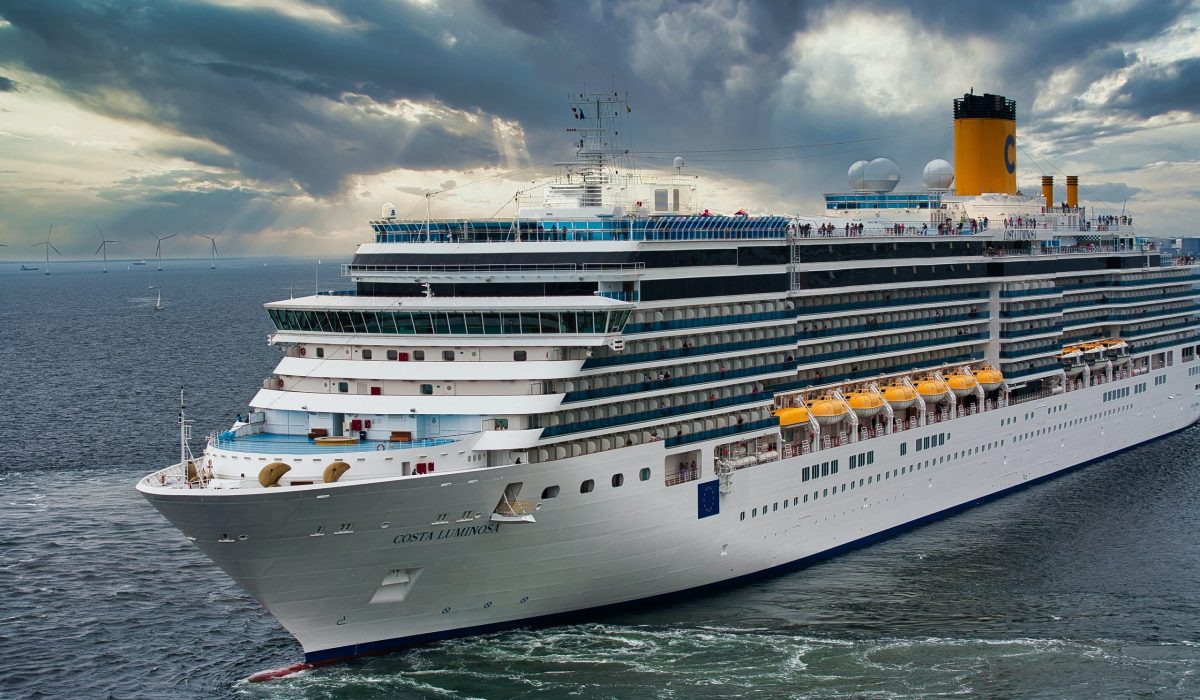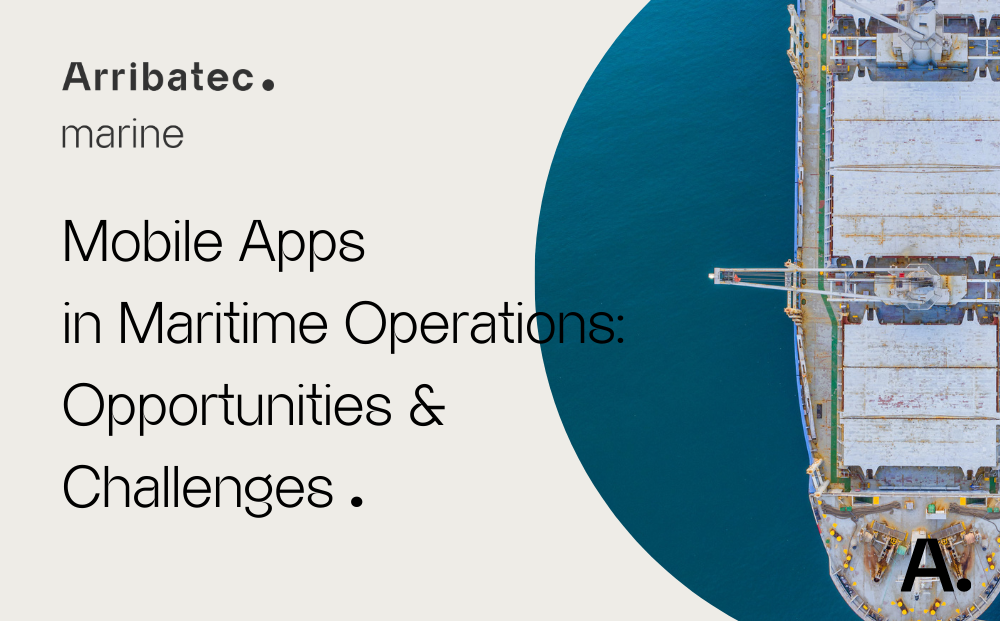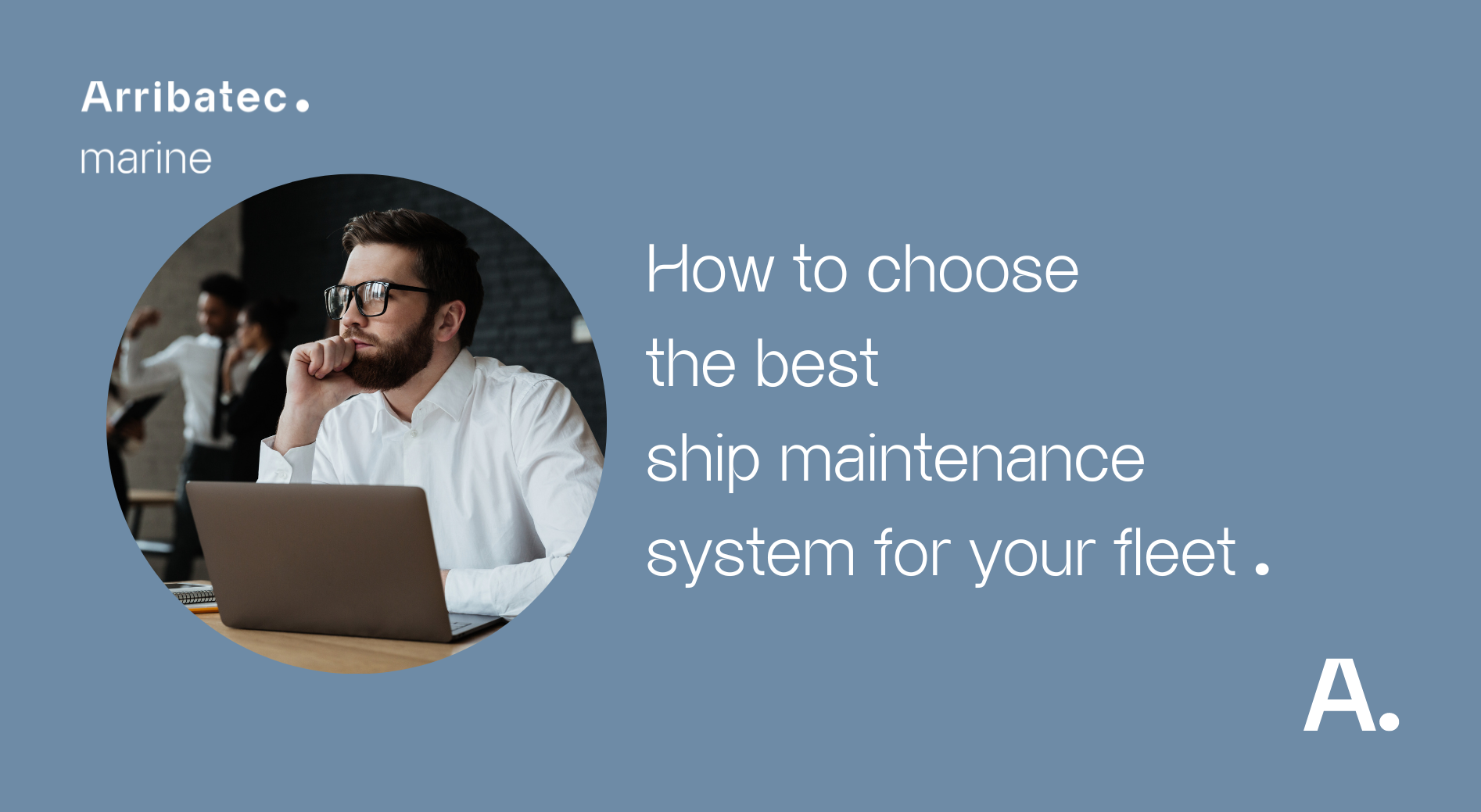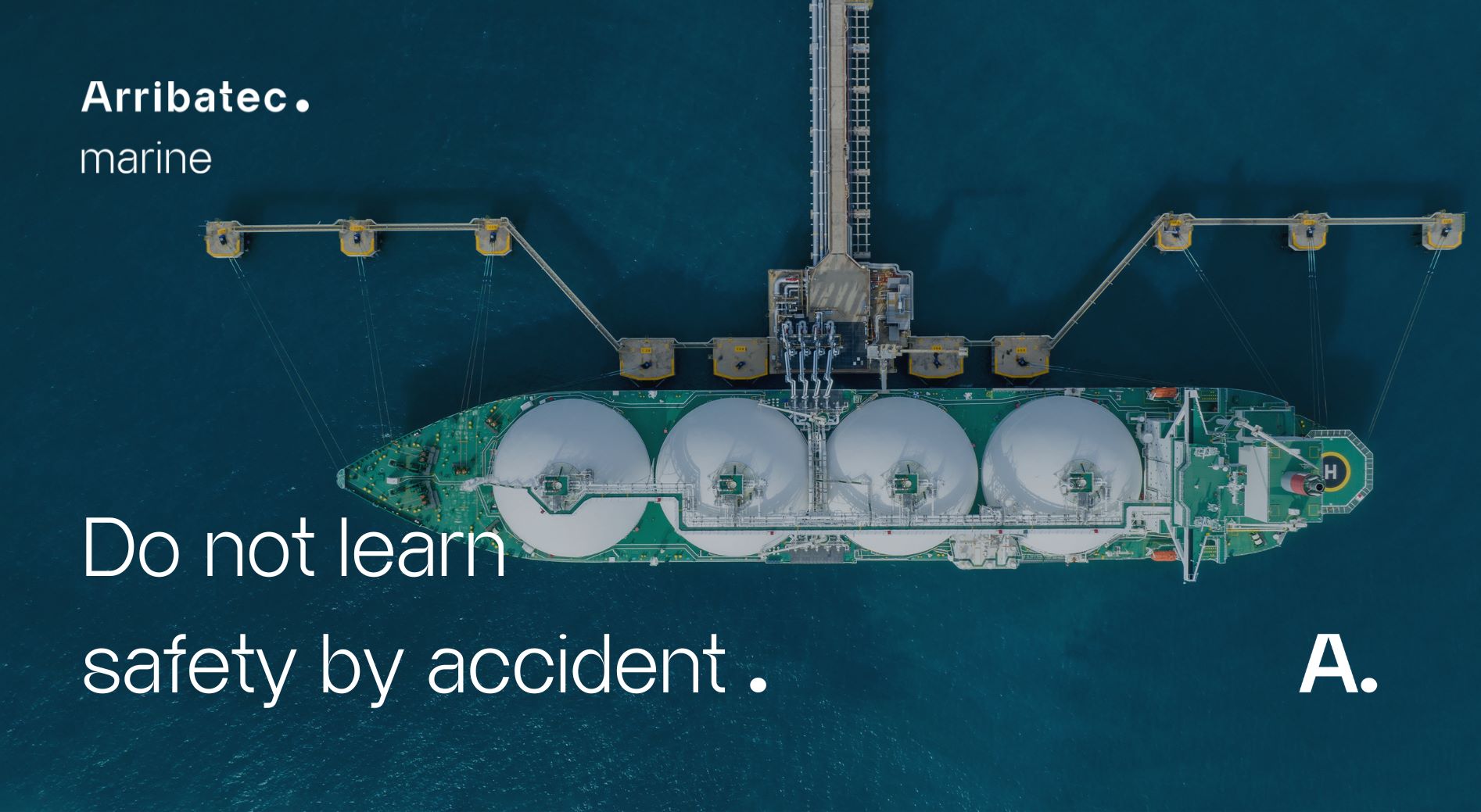The topic of autonomous vessels has been growing in importance at an incredible rate over the last few years, and in fact, 2019 will be the year in which autonomous vessels will finally be demonstrated and trialed.
After the prototypes of this sophisticated ship technology have been tested, they will be made available for use in commercial shipping, opening up all kinds of doors and opportunities. Moreover, 2019 will be an important year for unmanned ship regulation developments, as IMO plans to identify instruments and amendments to encourage Maritime Autonomous Surface Ships (MASS) investment.
This innovative technology, along with the regulations that will govern its use, is a monumental step forward that will propel the maritime industry into a more sustainable and productive digital future.
There are already many entities working on rules and regulations around unmanned ships and many countries; Norway, Japan, Denmark and China are very much ahead of the game.
The Research Council in Norway has published a strategy for development of the Norwegian maritime industry called Maritime 21. This also defines relatively general autonomy levels in a four-level scale:
| Level | Description | Examples |
|---|---|---|
| 4 | Autonomous: The system performs automatic assignments and processes and has the ability to plan its mission and handle dynamic environments. The operator is informed of the processes and progress, but make on decisions, if not asked to by the system. | Google car |
| 3 | Party autonomous: The system executes automatic functions. The operator can override or change decisions made by the system. A selection of operational parameters is available to the operator. | Track pilot, dynamic positioning, auto pilot |
| 2 | Operator assisted autonomy: The system recommends decisions to the operator. The operator selects and executes. The operator can also choose some automatic responses. The system will then be able to get assistance from the operator when needed. | Power management, ARPA |
| 1 | Remote control and manual operations: The operator controls and monitors all tasks and operations. All system states and sensor data are available to the operator that makes decision based on these. | Maneuvering in fairways and ports |
As ships are going towards “autonomous ships”, the architecture of the ship itself will be changed to more systemized or modularized one. In such an architecture ship’s total performance and its value tends to be determined by each module’s or system’s performance.
If a vessel is going to be unmanned and operated remotely, the necessary competences will be required to be fit for purpose and to meet the industry needs and what we should do is to shift to shore-based tasks like fleet control and maintenance.
Recent conclusions from IMO on the subject are:
1. The technology is available
2. There are significant challenges to be addressed
3. Shipping needs common regulations to be uniformly applied worldwide
4. IMO is the only international shipping regulator
5. A prescriptive regulatory regime may not be suitable for unmanned surface vessels due to the pace of development of digital technology.
To take advantage of all these trends and stand out in this highly competitive market, IB has been developing solutions and services to satisfy all the emerging technological needs of the maritime industry, while bearing in mind this crucial point: getting value from data.
During the SMN Conference roundtable discussion taking place in Athens on May 9th, Giampiero Soncini will be presenting his expertise on how to confront the topic of Autonomous vessels from an IT perspective. Join us and share you opinion!





